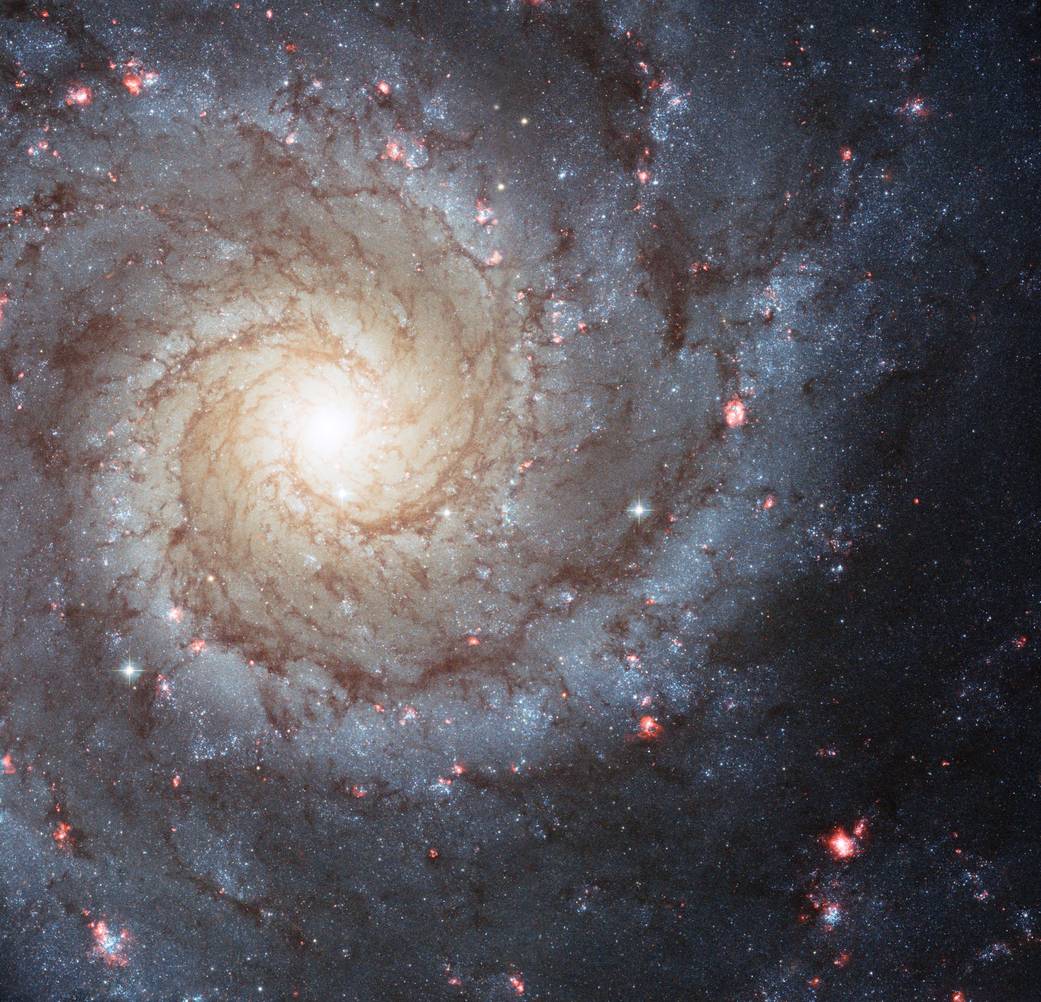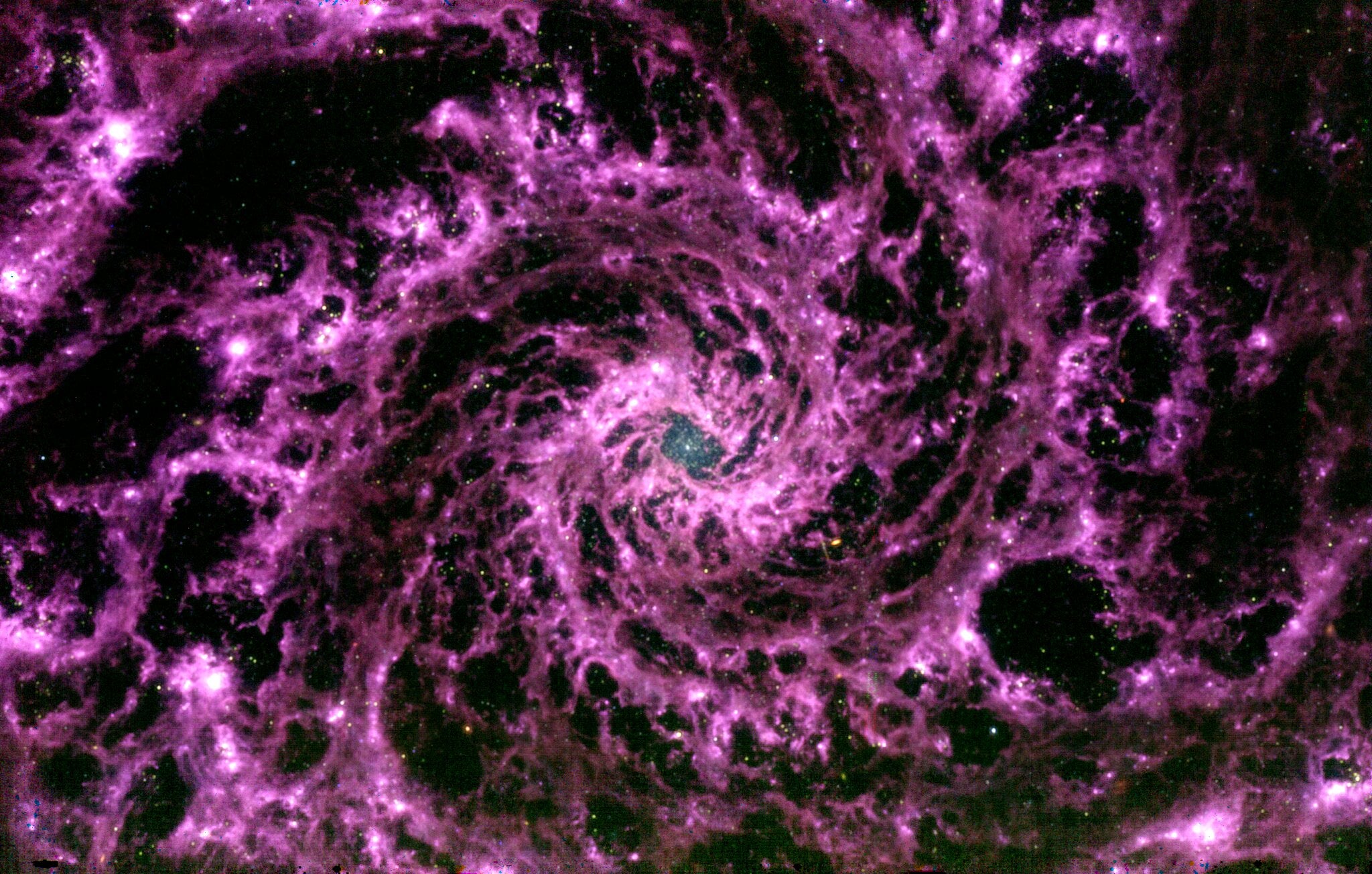Nasa’s James Webb Space Telescope casually reveals terrifying purple galactic swirl in our universe
The monstrous spiral of a nearby galaxy is just one of many Webb telescope images to come over the coming days, weeks and years
Your support helps us to tell the story
From reproductive rights to climate change to Big Tech, The Independent is on the ground when the story is developing. Whether it's investigating the financials of Elon Musk's pro-Trump PAC or producing our latest documentary, 'The A Word', which shines a light on the American women fighting for reproductive rights, we know how important it is to parse out the facts from the messaging.
At such a critical moment in US history, we need reporters on the ground. Your donation allows us to keep sending journalists to speak to both sides of the story.
The Independent is trusted by Americans across the entire political spectrum. And unlike many other quality news outlets, we choose not to lock Americans out of our reporting and analysis with paywalls. We believe quality journalism should be available to everyone, paid for by those who can afford it.
Your support makes all the difference.Looking more like a horrifying psychedelic swirl from a Marvel movie than the spiral galaxy shape familiar from visual telescopes, the new James Webb Space Telescope image shows the dusty skeleton of the distant galaxy NGC 628.
“This is a galaxy that probably looks a lot like what we think our own Milky Way looks like,” Gabriel Brammer, an astronomer at the Cosmic Dawn Center in the Niels Bohr Institute at the University of Copenhagen, who shared the image on Twitter Monday, told The Independent in an interview. “You can see all these knots of individual stars forming, individual supernovae have gone off and really study that in detail.”
The spiral arms of NGC 628 have been imaged before, but the images of the galaxy taken in visible light by the Hubble Space Telescope don’t look anything like the purple spiral structure seen in Webb’s mid-infrared image.

“You look at this galaxy with Hubble or with ground based telescopes,” Dr Brammer said, “you see blue stars, you see red stars, you see spiral arms, you see dust lanes.”
Those dust lanes, he said, reddish brown filaments in the spiral arms tend to block stars in the visible images taken by Webb and other telescopes.
“In the mid-infrared, what you’re actually kind of seeing is the inverse of that, where that dust is no longer absorbing; we’re actually observing directly that dust itself that’s now glowing, because the dust itself is emitting,” Dr Brammer said. “We’re actually seeing an image of the gas and the dust in this galaxy, rather than the stars.”

Webb took the image of NGC 628 on 17 July and transmitted it back to Earth where it was logged in the Barbara Mikulski Archive for Space Telescopes, (MAST), where the data is available to anyone, including the public. Dr Brammer actually studies very distant galaxies in his own work rather than relatively nearby galaxies like NGC 628, but when he saw the raw image in the data Monday morning, he knew he wanted to colour process the image and share it.
“It was really the first thing that popped out,” he said. “It really just blew me away the second I had it open on my screen.”
While Nasa made a big showpiece out of revealing the first five, full-colour Webb images on 12 July, the telescope has hardly stood idle since, and is continually taking images and placing them in the MAST archive, according to Dr Brammer. For astronomers who have waited more than 20 years for a chance to see what Webb can do, it’s extremely exciting times.``
“We’ve been waiting for Webb for in some cases for decades now and we’ve all been, not sleeping very much for the last week looking and kind of looking at as many different Webb images we can,” Dr Brammer said. “It’s all just truly spectacular.”

Join our commenting forum
Join thought-provoking conversations, follow other Independent readers and see their replies
Comments